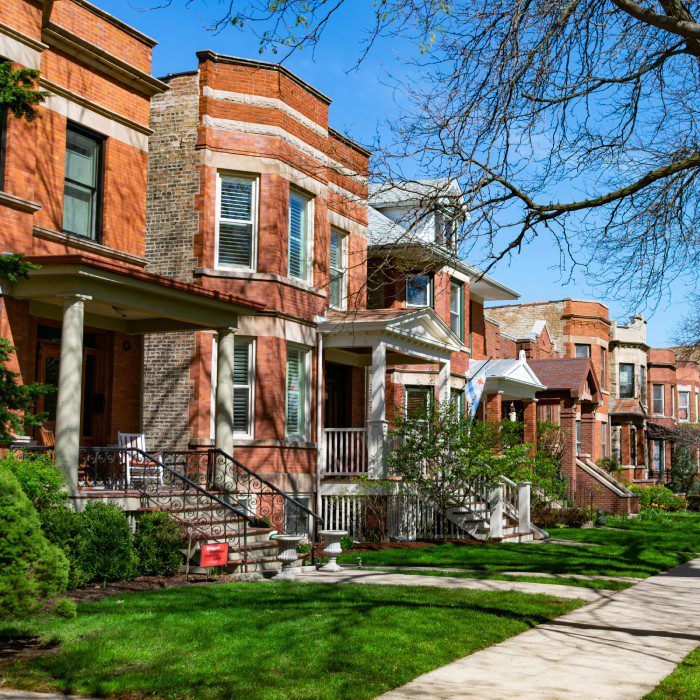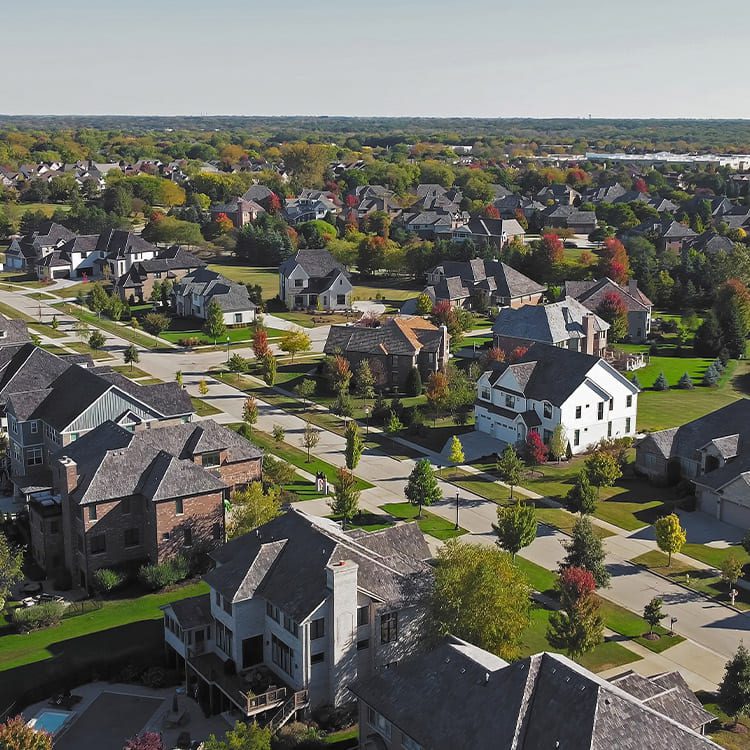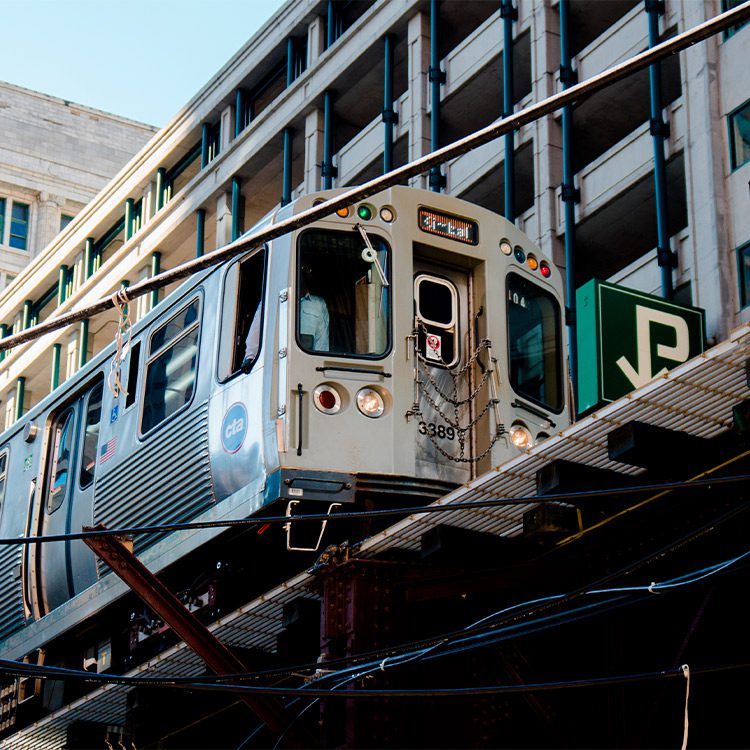
10 Things to Know Before Moving from Minnesota to Illinois
September 30, 2025
Making a move from Minnesota to Illinois is more than just crossing a border on the map; it’s stepping into a new way of life. While both states share their Midwest roots, the experiences they offer can feel surprisingly different. From Chicago’s bustling urban energy to the quieter pace of Illinois’ smaller towns, you’ll notice changes in everything from the climate and housing market to taxes, culture, and transportation.
If you’re preparing for this relocation, it helps to know what to expect before the moving trucks arrive. This guide walks you through ten key things to keep in mind as you transition from the Land of 10,000 Lakes to the Prairie State, so you can plan and settle in with confidence.
1. Climate and Seasonal Differences

Similarities to Minnesota
Minnesota and northern Illinois share a familiar climate, so if you’re used to cold winters, you’ll feel right at home in Chicago and nearby areas. Chicago averages over 38 inches of snow annually, much of it intensified by lake-effect patterns from Lake Michigan.
Southern Illinois Feels Different
In contrast, southern Illinois experiences a humid subtropical climate. Winters are milder, summers run longer, and extreme cold is less common. For many Minnesotans, this part of Illinois may feel like a refreshing break from months of bitter cold.
Rain, Snow, and Sunshine
Weather comparisons show that Chicago gets 19.7 percent more rainy days and 4.5 percent fewer sunny days than Minneapolis. This means you’ll want to keep rain gear handy, even during the warmer months. Source:
2. Housing and Real Estate Costs

Property Taxes Are Higher
Housing affordability depends heavily on where in Illinois you plan to live. The Tax Foundation reports Illinois’ effective property tax rate is 1.83 percent, ranking among the highest in the nation.
Monthly Bills May Surprise You
According to Illinois Policy, the median property tax bill in Illinois is $5,055, more than double the national median of $2,457. That difference can significantly impact your monthly budget.
Compare to Minnesota
Minnesota homeowners tend to pay lower rates, closer to 0.90 percent on average. This makes the tax jump noticeable for families used to Minnesota’s system.
3. State Taxes and Income
Flat vs. Progressive
Minnesota uses a progressive state income tax, meaning higher earners pay higher percentages. Illinois, however, applies a flat 4.95 percent tax rate across all incomes.
Impact on Earnings
This shift doesn’t always result in savings. For example, someone earning $40,000 in Illinois would pay around $4,903 in state income tax, compared to $4,490 in Minnesota.
Balancing the Equation
Even though income taxes may seem straightforward in Illinois, property taxes and other local fees often offset any simplicity. It’s essential to consider your total financial picture before moving.
4. Job Market and Economic Opportunities
A Bigger Stage in Chicago
Chicago is a global hub for finance, insurance, technology, healthcare, and logistics. Compared to Minnesota, where the economy is centered around healthcare, manufacturing, and retail, Illinois, especially Chicago, offers wider professional opportunities.
Smaller Cities and Familiar Industries
Outside of Chicago, Illinois’ economy feels more comparable to Minnesota’s. Central and southern Illinois communities emphasize agriculture, manufacturing, and healthcare, making the transition smoother for those coming from rural Minnesota.
Competition and Rewards
While Illinois offers more opportunities, it also brings more competition. Salaries in Chicago may be higher, but so are living costs. Balancing these factors will help you decide whether to settle in the city, the suburbs, or a smaller town.
5. Transportation Adjustments

Cars Still Rule Outside Cities
In much of Illinois, cars are still the dominant mode of travel, just as in Minnesota. Suburbs and rural areas rely heavily on interstate highways and tollways.
Chicago’s Public Transit System
In Chicago, many residents find that public transit is not just convenient but essential. The “L” train and buses reach throughout the city and into surrounding suburbs. For newcomers, this means owning a car is optional if you live near well-connected transit lines.
Challenges with Winter Travel
Chicago is working to adapt electric bus fleets for year-round use. However, Associated Press notes that freezing winters challenge battery efficiency and require ongoing innovation.
6. Cultural and Lifestyle Shifts
Urban Excitement
Illinois’ cultural offerings, especially in Chicago, are world-class. From the Art Institute of Chicago to vibrant music scenes and global cuisine, you’ll find variety unmatched in Minnesota.
Small-Town Traditions
Outside Chicago, life slows down. County fairs, church gatherings, and local parades define small-town Illinois, echoing some of Minnesota’s rural traditions while maintaining unique flair.
Sports Rivalries
One of the most immediate cultural adjustments is sports. Vikings fans relocating to Illinois step into Bears territory. Add in Chicago’s deep love for the Cubs, White Sox, and Blackhawks, and you’ll soon be part of spirited rivalries at work and in your neighborhood.
7. Education and Higher Learning
Prestigious Universities
Illinois is home to institutions like the University of Chicago, Northwestern University, and the University of Illinois Urbana–Champaign. These schools consistently rank among the top in the nation and draw students from around the world.
Public School Variability
Minnesota often boasts strong statewide public schools. In Illinois, however, public education quality depends heavily on district funding, which is tied to property taxes. This means that where you live will strongly influence your children’s schooling experience.
Researching Districts Before Moving
For families, researching school ratings in your new area is just as important as finding a home. Suburbs of Chicago, in particular, have some of the highest-rated districts but also some of the highest property taxes.
8. Weather Extremes and Natural Risks
Severe Storms
Illinois averages 54 tornadoes each year, placing it among the most tornado-prone states in the country. Thunderstorms are also common, with about 50 stormy days annually.
Rainfall Differences
Rainfall varies widely across the state. Southern Illinois averages more than 48 inches annually, while northern parts may see under 32 inches.
Past Heatwaves
Chicago’s climate also includes extreme heat events. A 1995 heatwave tragically caused more than 700 deaths, underscoring the importance of heat preparedness for new residents. Source:
9. Government Layers and Local Rules
Complex Governance
Illinois has more than 8,000 units of local government, including counties, townships, municipalities, and school districts. This makes governance far more fragmented than in Minnesota.
Property Tax Appeal Options
If you believe your property tax assessment is too high, Illinois allows appeals through the Property Tax Appeal Board, or PTAB.
Why This Matters for Newcomers
For those moving from Minnesota, it’s important to recognize that your tax rate, school options, and even community services can change dramatically based on municipal boundaries.
10. Moving Logistics and Planning Ahead

Choosing the Right Movers
A long-distance move requires experienced help. Piepho Moving & Storage specializes in Minneapolis long-distance relocations, offering professional packing, secure storage, and reliable transportation.
Beyond the Move
Don’t forget the details: update your driver’s license, register your vehicle, transfer utilities, and notify schools or employers well in advance. Illinois tollways also mean budgeting for potential commuter costs.
Visit Before You Commit
If possible, visit your Illinois destination in multiple seasons. Experiencing Chicago’s winter winds or southern Illinois’ humid summers firsthand will help you prepare for the lifestyle shift.
Moving from Minnesota to Illinois is both an exciting and challenging transition. You’ll trade the familiar comfort of Minnesota winters and community traditions for Illinois’ vibrant mix of urban opportunity and rural charm. Yet you’ll also face higher taxes, new weather patterns, and more complex government structures. With the right preparation, and the support of trusted professionals like Piepho Moving & Storage, your move can be a rewarding step forward.




